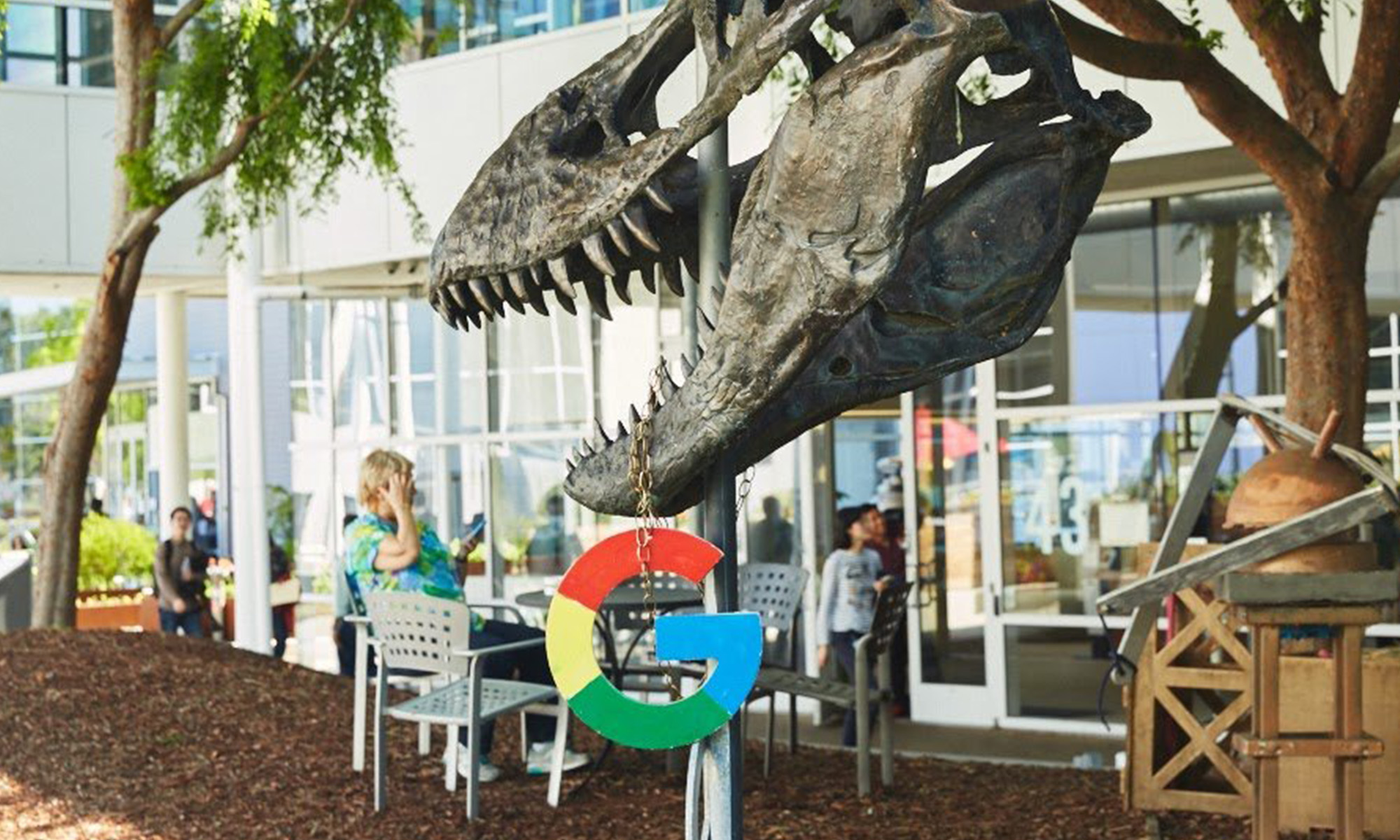Snap's Spectacles have generated lots of buzz lately with their quirky designs and ephemeral vending machines. I recently discussed why Spectacles could succeed where Alphabet's (GOOG +1.16%) (GOOGL +1.09%) Google Glass failed -- Spectacles are cheaper, wacky instead of geeky, and light up while capturing videos.

Image source: Snap.
Mashable recently tore down a pair of Spectacles to get a closer look at the device's hardware. While the vendors of several unlabeled components couldn't be identified, three clearly labeled parts stood out -- Ambarella's (AMBA +4.28%) image processing system on chip (SoC), Nordic Semiconductor's (NDCVF 1.61%) Bluetooth Low energy and Wi-Fi 2.4 GHz combo chip, and Kingston's flash storage chip. Let's see what their presence in Spectacles could mean for other wearable makers and rival suppliers.
Ambarella
Snap's Spectacles rely on Ambarella's A12W SoC, which is powered by an ARM Cortex-A9 CPU, to process video and audio. The SoC is frequently used in police body cams, and other variants have been installed in dash cams and drones. The A12 is optimized for small form factors and low power consumption, making it ideal for wearable cameras and smart eyewear.
Ambarella's design win is encouraging for investors who are concerned about the chipmaker's exposure to the action camera market. GoPro (GPRO 0.81%), Ambarella's top customer, has posted year-over-year revenue declines for four consecutive quarters due to waning demand for action cameras and escalating competition.
Back in January, Pacific Crest estimated that GoPro's SoC orders would account for up to 25% of Ambarella's revenue this year. But over the past year, Ambarella gradually pivoted away from action cameras toward body cams, dash cams, security cameras, and drones. Securing a spot in Spectacles indicates that it could eventually add smart eyewear to that list of adjacent markets.
Nordic Semiconductor
Nordic Semiconductor is a leading vendor of ultra-low power wireless chipsets. Its 2.4 GHz chips have been used in consumer electronics, mobile accessories, wireless PC peripherals, security equipment, medical equipment, and wearables. Therefore, Snap's use of its Bluetooth Low energy and Wi-Fi 2.4 GHz combo chip wasn't really surprising.
But it was a notable shift from Google, which used Broadcom's (AVGO +2.42%) BCM4330 Wi-Fi transceiver for Google Glass. Broadcom subsequently sold its wireless and IoT business to Cypress Semiconductor, which now competes against Nordic, Texas Instruments, and other rivals in the increasingly crowded BLE chipset market.
Nordic held a 40% market share in the Bluetooth Smart market last year, but Fondsfinans analysts expect that share to fall to 16% as competition intensifies. Therefore, securing a spot in a hot gadget like Spectacles could widen Nordic's moat against those rivals.
Kingston
Snap's use of a Kingston memory chip wasn't surprising, since the company is the second largest maker of flash memory products in the world. However, it also represents a different choice than Google, which used a 16GB Toshiba NAND chip in Google Glass.
It's unclear how much storage Spectacles has, but it's probably a lot less than 16GB. That's because each video clip is limited to 10 seconds, and is erased after being delivered to the mobile app. The videos can then be saved to the app's "Stories and Memories" feature.
That's arguably much more efficient than GoPro's cumbersome process of capturing long videos, which must be transferred to the cloud or PC to be edited. It also reveals that cloud-connected smart eyewear probably won't require high storage capacities.
More teardowns to come...
Mashable's teardown revealed a few components under the hood, but future teardowns will likely reveal the names of other suppliers. Sales of Spectacles are unlikely to significantly boost these suppliers' revenues for now, but they could help them establish firm footholds in the smart eyewear market as it evolves.






